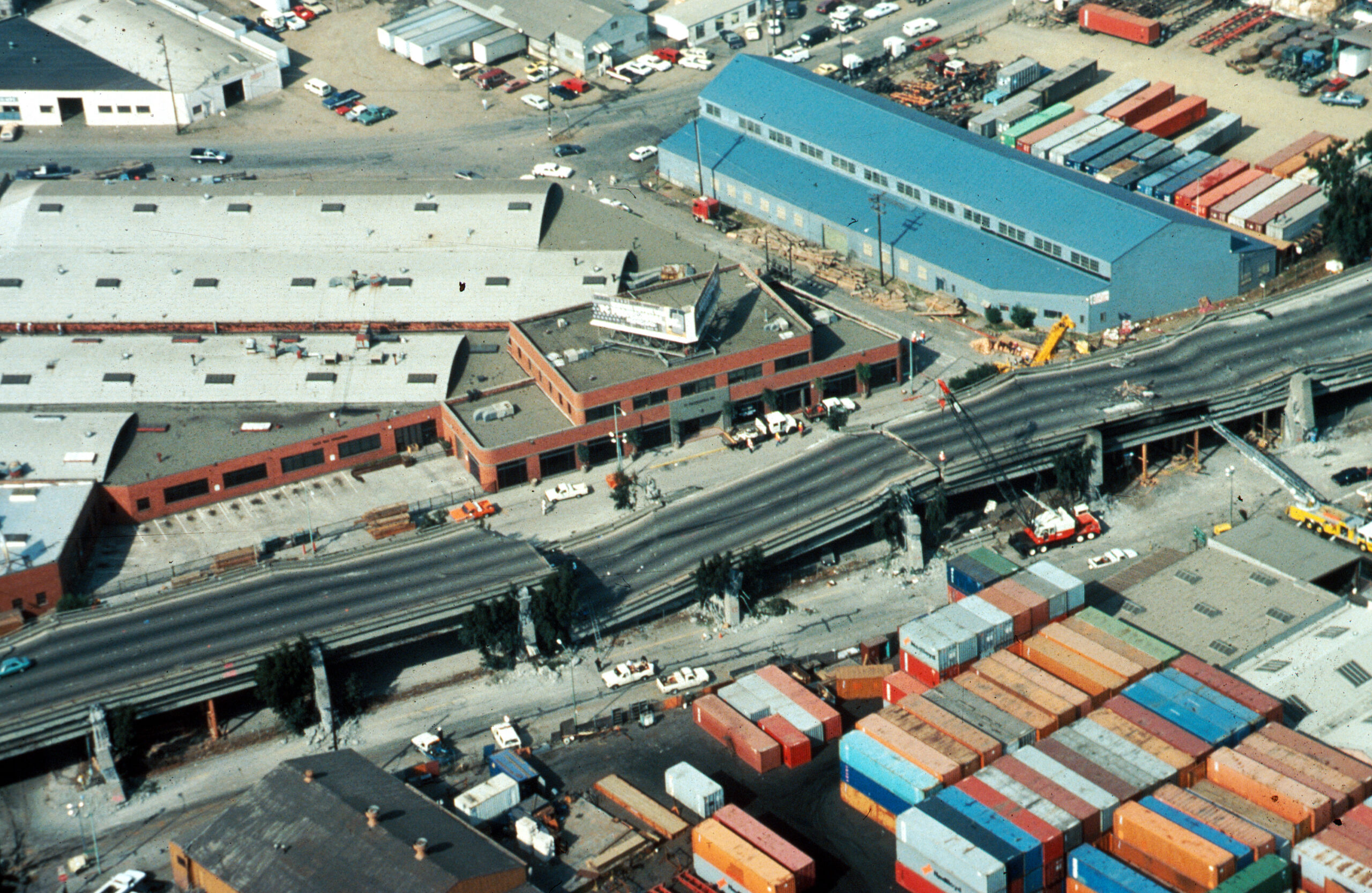Early returns in the November 2019 general election indicate that Senate Joint Resolution 8200 (SJR 8200) will easily be approved by Washington State voters.
If passed, SJR 8200 would amend the Washington State Constitution to allow the state’s emergency powers to be invoked in the event of a “catastrophic incident”, as opposed to merely an “enemy attack” (which is the only scenario contemplated in the Constitution’s existing language.)
The amendment would authorize the Washington Legislature to pass bills addressing the succession of powers and duties of elected officials to allow for “continuity of state and local governmental operations.”
The amendment received the support of large bipartisan majorities in both the House of Representatives and the Senate. It was sponsored by Dean Takko (D‑19th District: Southwest Washington), who serves on the Senate’s State Government Committee alongside senators like Sam Hunt and Patty Kuderer.
Takko has argued that the amendment is necessary to help Washington prepare for a major earthquake. The possible devastation that a massive tremblor could cause was memorably discussed in a 2015 New Yorker article, The Really Big One:
When the next very big earthquake hits, the northwest edge of the continent, from California to Canada and the continental shelf to the Cascades, will drop by as much as six feet and rebound thirty to a hundred feet to the west — losing, within minutes, all the elevation and compression it has gained over centuries.
Some of that shift will take place beneath the ocean, displacing a colossal quantity of seawater. (Watch what your fingertips do when you flatten your hand.) The water will surge upward into a huge hill, then promptly collapse. One side will rush west, toward Japan.
The other side will rush east, in a seven-hundred-mile liquid wall that will reach the Northwest coast, on average, fifteen minutes after the earthquake begins. By the time the shaking has ceased and the tsunami has receded, the region will be unrecognizable.
“I grew up between the mouth of the Columbia River and Aberdeen. That’s ground zero for the Cascadia Subduction Zone,” Takko said at the time the amendment and a companion bill were being considered in the Legislature. “We hate to think of a big earthquake coming, but we’re past due for one. If the worst does come and we have an earthquake, volcanic eruption, or tsunami, this measure will allow us to have a functional government when people will need help the most.
“Last year, this issue got hung up on the last day of session,” Takko recalled.
“I’m glad that the House has moved earlier this year.”
Opponents of SJR 8200 fear that the amendment could allow the state’s emergency powers to be more easily misused, while proponents have pointed out that it makes no sense to have emergency powers that can only be invoked in the event of a war but not a more likely emergency scenario such as an earthquake. Voters have clearly found the latter argument persuasive.

